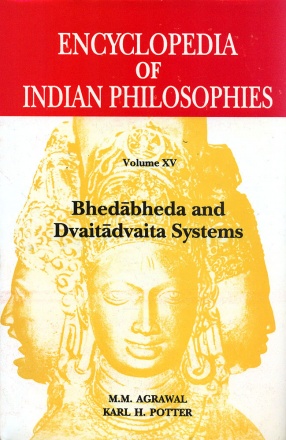
Karl H Potter

25 books
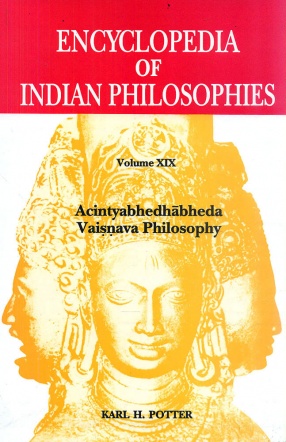
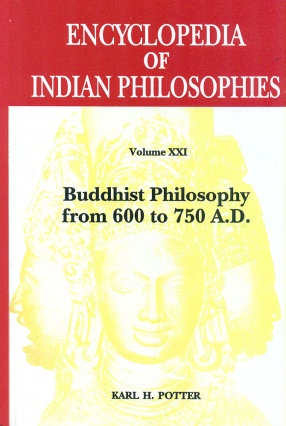
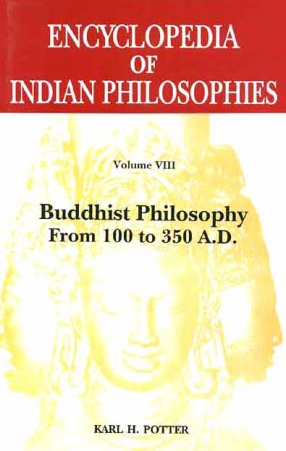
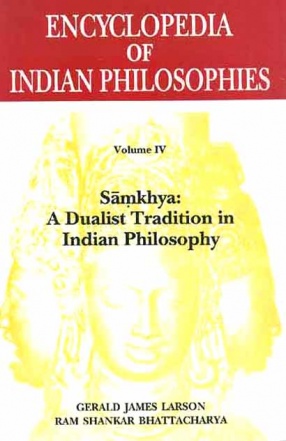
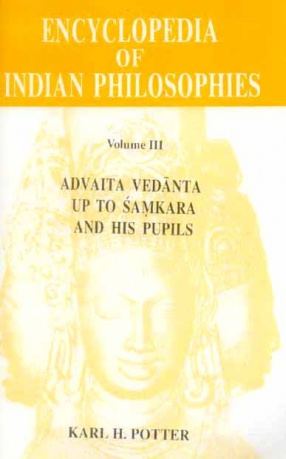
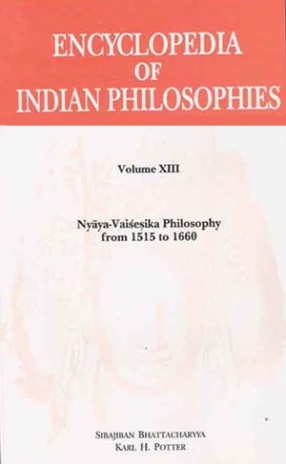


All too frequently the term Vedanta is used when what is meant, whether recognized or not, is Advaita Vedanta and more specifically, the philosophical system associated with Sankaracarya. Yet in fact Vedanta, literally meaning "the concluding portions of the Veda", i.e., the Upanisads, is properly used in Indian philosophy to designate those systems that take such texts as the Upanisads authoritatively along with a few others such as the Brahmasutras, ...
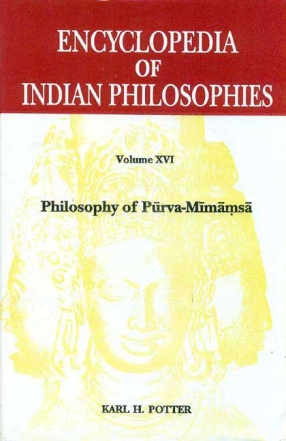
This Volume deals with the philosophies of Purva Mimamsa, one of two schools of Mimamsa traditionally considered systems of Hindu philosophical thought.
'Mimamsa', as used classically, has among its meanings that of an "exploration" or "investigation" of something. In the context of early Vedic thought, it can mean specifically a theory governing the origins, basic values, and assumptions about man, in particular about the type of actions a ...
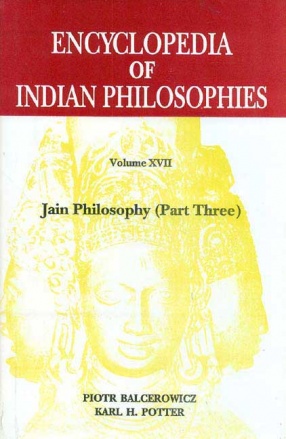
Acontribution of Janinism to Indian philosophy which seems most stimulating, inspiring, debated and controversial, one which provoked the most opposition from other systems of India, is beyond doubt the doctrine of multiplexity of reality (anekantavada). Indisputably it is also the most interesting Jaina contribution to Indian philosophy. The doctrine involved both a very particular realist ontology as well as a corresponding epistemology that was structured in ...
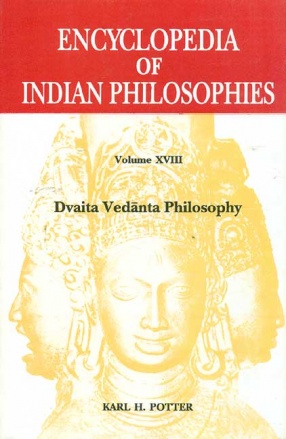
Madhva, the founding figure of the Dvaita system of philosophy, states the major tenets of his philosophical system in a nutshell in his Mahabharata-tatparyanirnaya 1.70-71: "The flow of the world is real together with its five fold difference:
1. The difference between God and jivas (i.e., the individual selves);
2. The mutual differences(s) among the jivas;
3. The difference(s) between God and jada (i.e., inert) object;
4. The mutual differences(s) among ...

Confronted with a series of volumes called the Encyclopedia of Indian Philosophies, one is likely to ask, What constitutes 'philosophy' in the relevant sense? Introductions to understood as investigation of the nature of and path (s) to liberation from rebirth (moksa; nirvana), a definition which seems to fit most Indian schools of thought as taught and practiced in the classical period (500 B.C.-1000 A.D.), whether Jain, Buddhist or Hindu. These schools persists ...
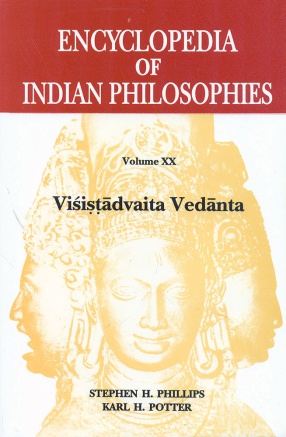
Visistadvaita Vedanta is commonly misunderstood as a modification of Advaita Vedanta, a later, derivative interpretation of Vedantic literature. The truth isñas argued by Georg Thibaut in his introduction to his English translation of the commentary of Samkara, the Advaitin, on the Brahmasutrañthat the commentary by the Visistadvaitin, Ramanuja, although about two centuries later, more accurately renders the meaning of the earlier sutras in those ...

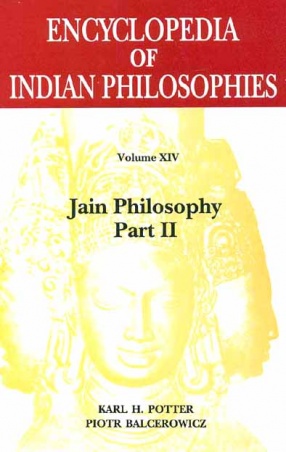
Encyclopedia of Indian Philosophies in 28 volumes is an endeavour by an international team of scholars, led by Prof. Karl Potter (General Editor), to present the contents of Indian philosophical texts to a wider public than has hitherto been possible. It attempts to provide a definitive summary of current knowledge about each of the systems of classical Indian philosophy. Each volumes consists of an extended analytical essay together with summaries of every ...

The following volume constitutes the second in a series devoted to Buddhist philosophy. It takes up more or less where its predecessor, Volume VII of this Encyclopedia, leaves off, around the beginning of the second century A.D. This is a period still not well understood, with a great deal of scholarly disagreement remaining about many aspects of the history and thought of the period. The editor of the volume has tried to utilize the most up-to-date scholarship ...


Samkhya is one of India's oldest philosophical systems, and this volume of the Encyclopedia of Indian Philosophies, coedited by Gernald James Larson and Ram Shankar Bhattacharya, and under the general editorship of Karl H. Potter, traces the history of the system from its beginnings in the third or fourth century B.C.E. up through the twentieth century. The volume includes a lengthy Introduction (written by G.J. Larsen) which discusses the history of the system ...

This volume summarizes what we know of early Advaita Vedanta upto the Samkara's pupils, Suresvara, Padmapada, Totaka and Hanstamalaka. An analytical introduction by the editor introduces the reader to the concepts utilized by Gaudapada, Samkaracarya and mandana Misra in expounding and defending the Advaita view. This is followed by summaries of all the authentic Advaita works of these authors, together with those of Suresvara and Padmapada as well as a number of ...
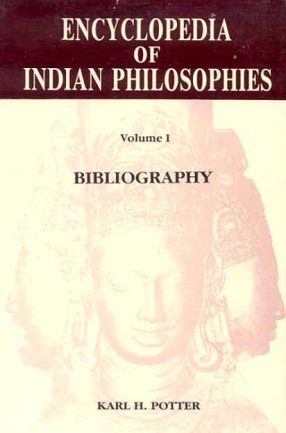
This constitues the first volume of the series. It indicates the scope of the project and provides a list of sources which will be surveyed in the sebsequent volumes, as well as provide a guide to secondary literature for further study of Indian Philosophy. It lists in relative chronological order, Sanskrit and Tamil works. All known editions and translations into European languages are cited; where puplished versions of the text are not known a guide to the ...

The aim of this 28-volume Encyclopedia is to present the contents of different streams of Indian Philosophical texts citing experts on the points that seem debatable. The volumes include a Bibliography, a Glossary and treatments of Nyaya-Vaisesika, Samkhya, Yoga, Purva Mimamsa, various Vedanta systems and certain philosophi-cally important sects of Shaivism and Vaishnavism, as well as Jaina and Buddhist philosophy.
In this volume the history of Nyaya-Vaisesika is ...

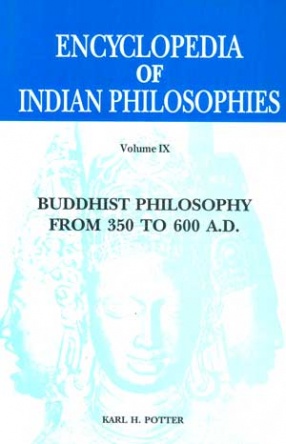
The aim of this series is to present the contents of different streams of Indian Philosophical texts to make more and more people aware about Indian philosophical thought. This multi-volume work presents Indian thought, citing experts on the points that seem debatable. So far, nine volumes have been brought out. Vol. I provides a list of sources which are surveyed in the subsequent volumes, as well as provides a guide to secondary literature for further study of ...
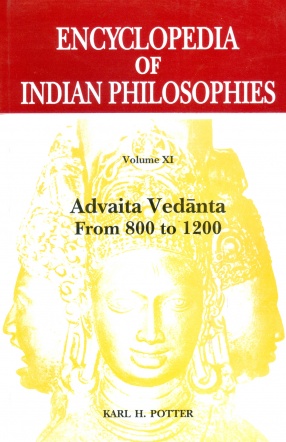
This is an endeavour by an international team of scholars to present the contents of Indian Philosophical texts to a wider public than has hitherto been possible. It attempts to provide a definitive summary of current knowledge about each of the systems of classical Indian philosophy. Each volume consists of an extended analytical essay together with summaries of every extant work of the system for which a summarizer can be found. Volumes include a Bibliography, ...
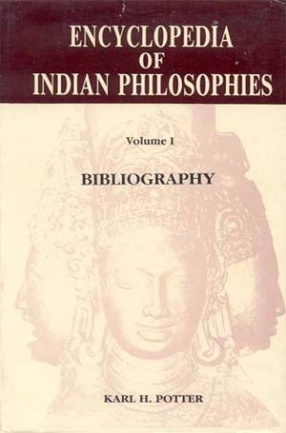
This is the first volume of the Encyclopedia of Indian Philosophies, an endeavor by an international team of scholars of present the contents of Indian philosophical texts to a wider public than has hitherto been possible. This Bibliography in effect constitutes, with additions and revisions, the table of contents for the subsequent volumes of the Encyclopedia, each of which deals with the literature of one of the systems of Indian thought. The Encyclopedia ...
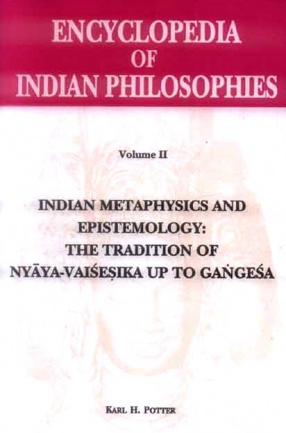
This volume provides a detailed resume of current knowledge about the classical Indian philosophical systems of Nyaya and Vaisesika in their earlier stages, i.e. covering the literature from their inception in the sutras of Gautama and Kanada up to the time of Gangesa (about A.D. 1350). This dividing point is regularly accepted in the tradition, since with Gangesa it is felt that a new start is made within the systems, the result coming to be known as ...



The present volume of the Encyclopedia of Indian Philosophies takes up the history of Nyaya-Vaisesika from where volume Two left, in the 14th century. With Gangesa it enters into the literature that has come to be known as Navyanyaya, i.e., 'new Nyaya.' Gangesa's seminal work, the Tattvacintamani is one of the most famous, as well as most difficult works of Indian Philosophy and this Volume begins with the most exhaustive account of its contents hitherto ...


